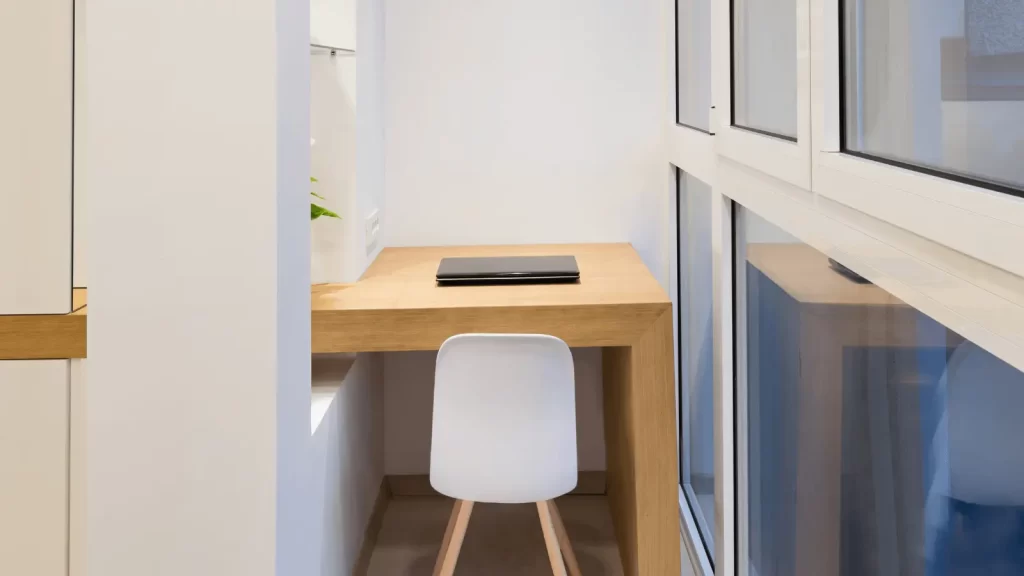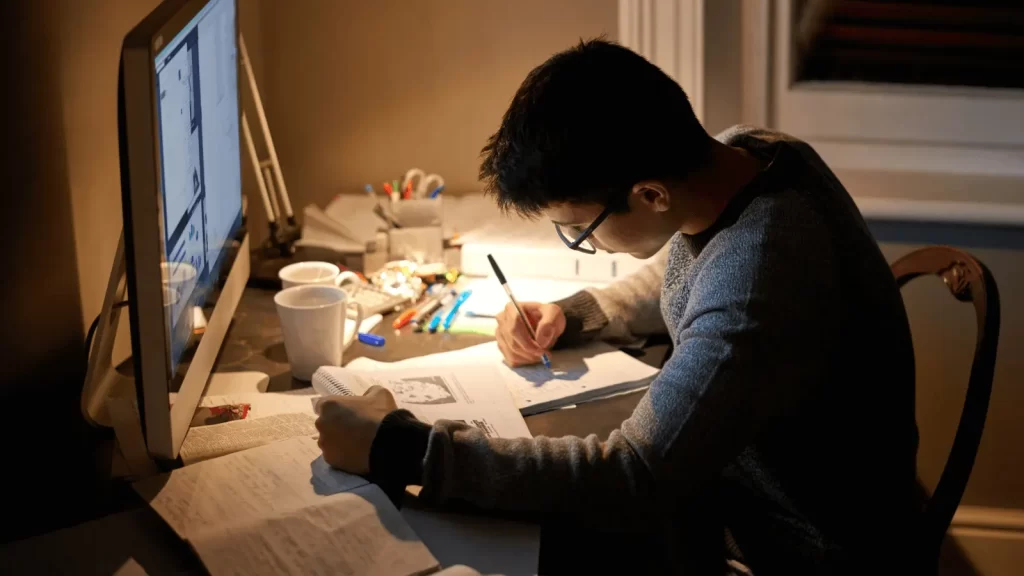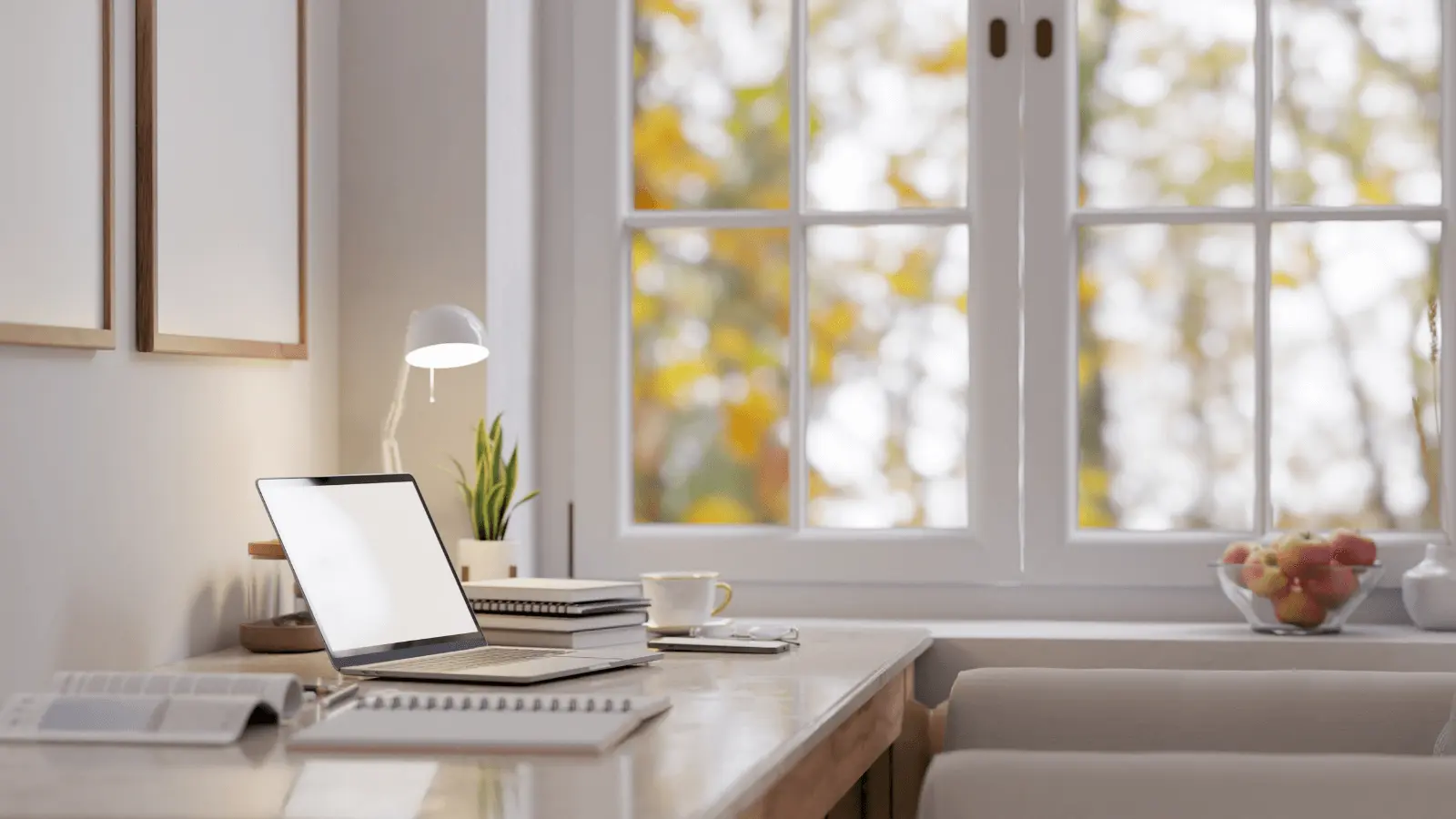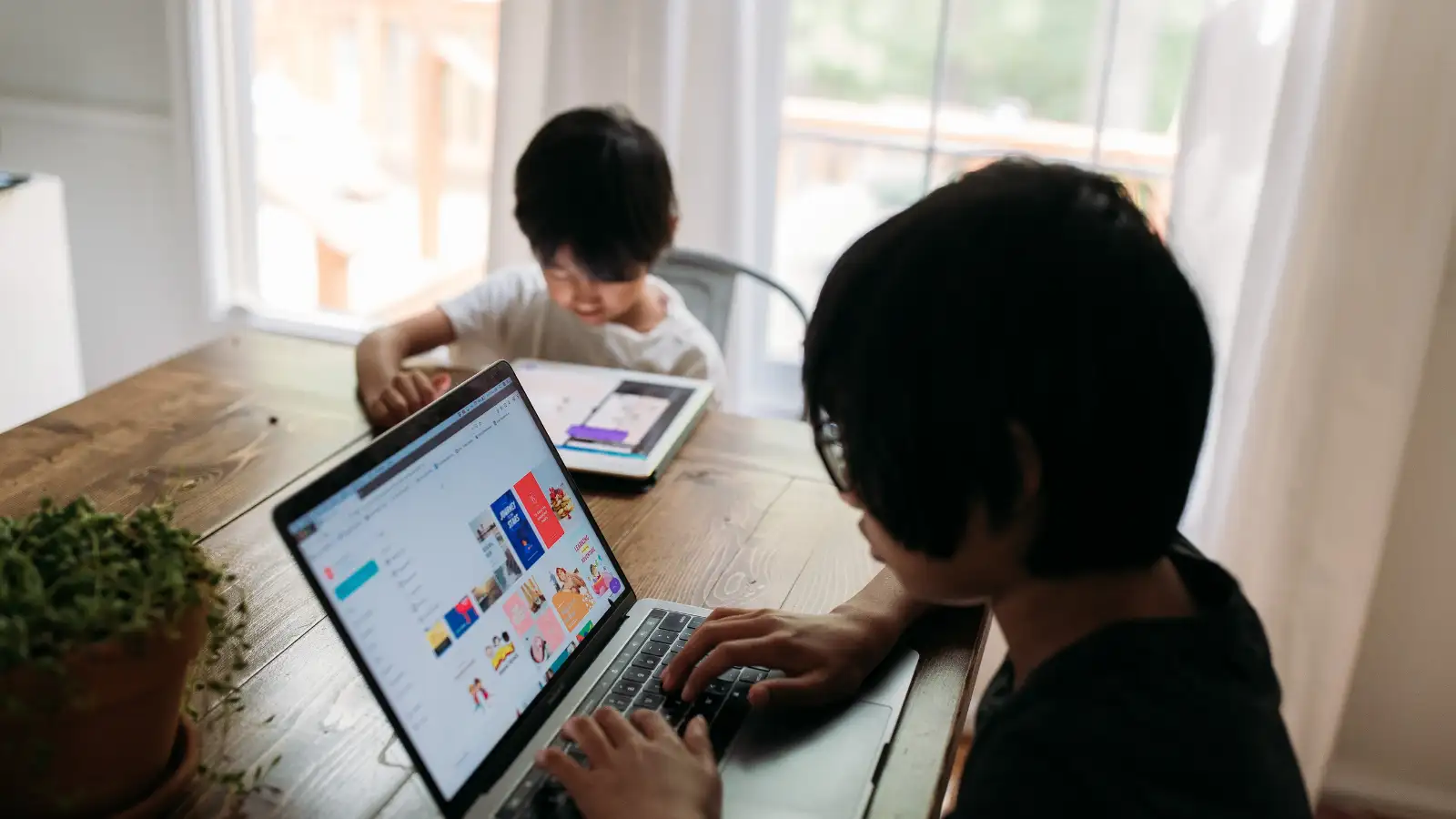With technological advancements and changing educational needs and preferences, the world is shifting towards online education. More and more students now take online courses and lessons from the comfort of their homes. This underscores the importance of having a designated learning space at home for students. A space meant for only studying can be a game changer in improving productivity and focus. It separates leisure time from learning time and makes learning more efficient.
Designating a place for study not only helps in academics but also teaches students important life skills like time management and discipline. If you are an online student too, keep reading. Below, we discuss how you can create a designated learning space at home.
Finding the Perfect Spot
The physical location of your study space is important, so finding a suitable one is the first step towards creating your study spot. Ideally, a quiet room with a single door is best, but if that’s not possible, a corner of a room that gets a little traffic would do the work.
Another primary consideration is the noise level. Your study spot should be far from high-traffic areas so that the noise won’t affect your studies. A noise-free space is important for both, taking online classes and self-studying.
Your study spot should also receive natural light, if possible. For this reason, you can select a room with windows or a corner of a room next to a window. Also, watch out for potential distractions like a TV in the opposite room or a distracting view outside the window. The fewer the distractions, the more you focus.

Lastly, it’s crucial to differentiate between study space and leisure space. Don’t take online lectures and play video games at the same place. Your study space should only be for studies. This unconsciously trains the brain to differentiate between when to study and when to play. So you are less likely to get distracted while studying.
As you’re not in a traditional classroom, you might find it a little hard to get started on studying and preventing distractions. A designated learning space helps you overcome that resistance and get in momentum. Keep in mind that you might not always find a place with all of the features listed above. So it’s okay to choose the best available option and get started.
Choosing the Furniture
Furniture is another important component of a study space. A desk and a chair are the central components of a study spot. You should choose a desk that has enough space for a computer, textbooks, and other supplies so it doesn’t clutter the room.
As far as the chair is concerned, choose one that’s comfortable and has ergonomic support to ensure that it doesn’t strain your posture during long hours of study.
The next consideration is storage options. Shelves, cabinets, and storage cabins are helpful for organizing textbooks, notebooks, and stationeries. They reduce clutter and minimize distractions.

Ensuring Adequate Lighting
Lighting is conducive to effective studying. Natural light boosts your mood, increases alertness, and facilitates cognitive performance. Therefore, as we mentioned earlier, try to find a spot near the window for maximum daylight exposure.
However, after sunset or on cloudy days, you have to arrange for artificial lighting if necessary. Choose a light source that produces bright yet diffused light. In this way, you can avoid harsh shadows and glares and save yourself from eye strain.
Organizing and Preventing Clutter
An organized and clutter-free space is essential because it minimizes distraction and contributes to more effective studying. You should have a place for everything and keep everything in its place. Use shelves, drawers, or binders to store textbooks, notebooks, and stationery.
To manage your printouts, you can use filling trays or clipboards. Moreover, develop a routine for cleaning and maintaining your study space. You can spend a few minutes at the end of each study session to put everything back in its dedicated space.

Develop Study Routines
Having a clear study schedule helps you stay disciplined and focus better. Start by designating a time for study and setting some rules around the study time. Supplement your study session with regular breaks to avoid burnout.
One technique that you can use is the Pomodoro Technique. It’s a popular strategy in which you study for 25 minutes and then take a 5-minute break. The cycle is repeated four times, followed by a long break of 15 minutes.
Also, you should set some boundaries with your family members to prevent them from disturbing you. You can simply ask them to stop calling for you when you’re studying. Put your phone on airplane mode to prevent distracting calls, texts, and notifications.
Conclusion
If you’re taking education online, nothing’s more important than having a designated learning space at home. This helps in minimizing distractions, improving focus, and studying effectively. From finding the perfect spot and choosing comfortable furniture to ensuring proper lighting and study schedules, the more your environment is conducive to learning, the more your learning will be efficient.
However, keep in mind that you can’t always find a space that’s ideal in all aspects. If you keep looking for the best studying spot, you’ll never study. So, find the corner of your room with minimum distractions, and maximum comfort, make the necessary adjustments, and start studying.






